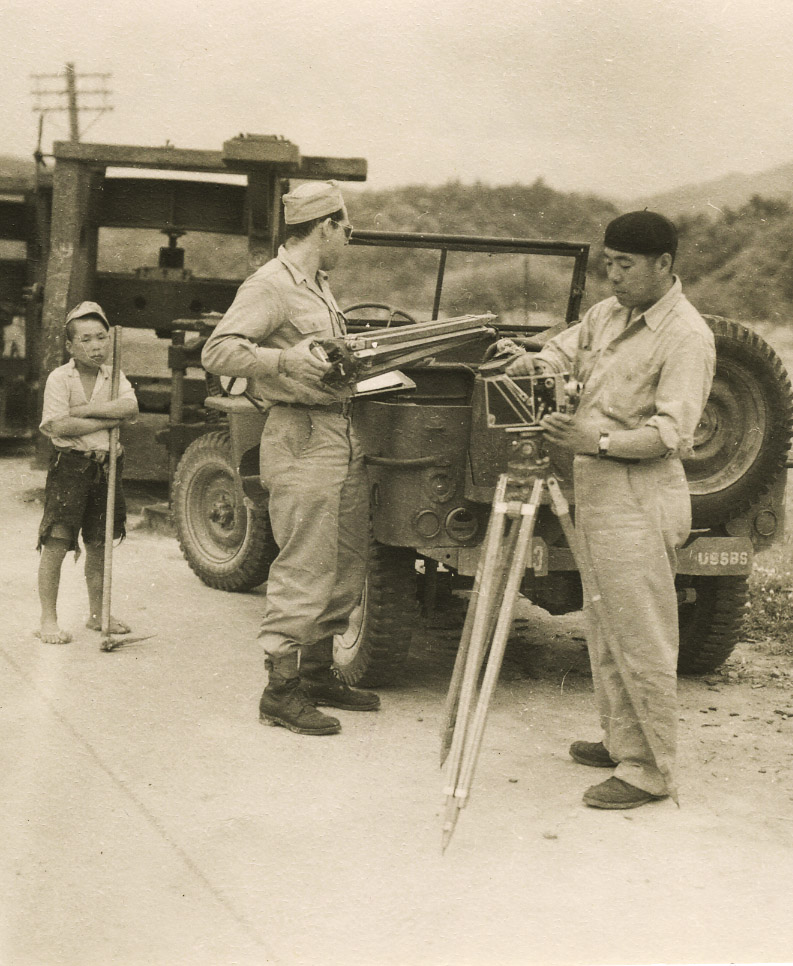At the turn of the century, I became interested in using online databases as a platform for reprinting archival materials for the study of film history and aesthetics. I was grateful to the American attempts at reprinting paper materials on microfilm and the Japanese tradition of facsimile reprints on paper. The latter was particularly central to the study of Japanese cinema. However, in both cases price—and in the case of microfilm, technology—made access problematic. They were radically expensive, so only the largest research libraries owned them and none of them shared the expensive materials by interlibrary loan. So in 2004, I started deploying image databases being developed at the University of Michigan to reprint materials online and making the access free to all.
This was the first in my Digital Reprint Series at the Center for Japanese Studies at the University of Michigan. It is an archive of primary materials from The Effects of the Atomic Bomb on Hiroshima and Nagasaki, the first documentary made about the atomic bombings. These materials were the basis for my essay “The Body at the Center” and a chapter of Japanese Documentary Film.
The film is either a mind-numbingly boring science film or, from another perspective, a horror film that leaves one speechless and trembling. It was subject to multiple suppressions over the years and was thought lost until a hidden print appeared in the early 1980s. Because the representations of the cities were strictly censored by the American occupation, the film has become humanity’s visual memory of the atomic bombings. There have been understandable suspicions and misunderstandings about the film and its production since 1946. These materials clear up many of the mysteries.
As editor and author of detailed annotations for original script, memorandum, letters and financial records. Visit.
Production Materials from The Effects of the Atomic Bomb on Hiroshima and Nagasaki


